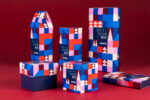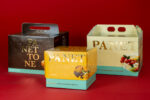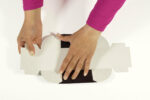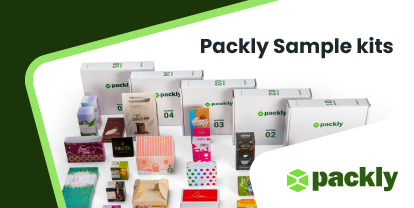Upcycling can go hand in hand with beauty: packaging design combines ecology and aesthetics, as there’s no Planet B.
Upcycling means reusing objects to create a higher-quality product, whether real or perceived.
An example? Some cosmetic brands use food processing waste and by-products, making them the main formulation ingredients. Withered fruit, leftover coffee grounds, and excess olive leaves get repurposed by cosmetic brands. Packaging design focuses precisely on elements considered waste elsewhere, offering an alternative to classic natural beauty brands.
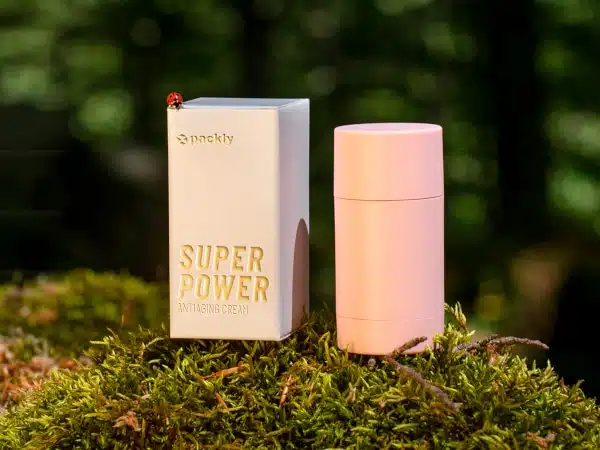
Upcycling and sustainability in packaging
The packaging design aims to spread optimism and joy in the context of upcycling and sustainability. With bright colors and dominant images of ingredients, the design is anything but quiet. The images combine proactivity and trust with bold, assertive typography.
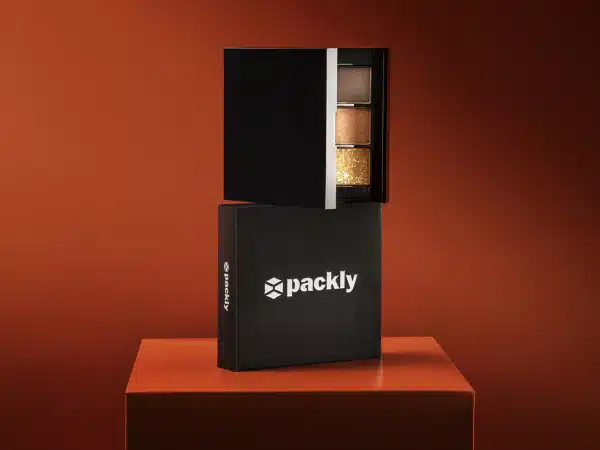
Upcycling and circular economy
A circular economy has developed to counteract the effects of the consolidated linear economy. The latter depletes non-renewable resources, leads to poor waste management, and pollutes the environment. Such a new approach considers all stages of the product life cycle. They range from product conception to end of life, passing through production and consumption, thus promoting efficiency and sustainability.
Upcycling returns value to materials to address global biodiversity and resource conservation concerns. Otherwise, these low-value ingredients would be burned or sent to landfill. Once there, they would release methane emissions, a greenhouse gas that causes even more global warming than carbon dioxide, according to the Environmental Protection Agency.
So, let’s dive into the secrets of upcycling in the cosmetics industry!
Is upcycling a new concept for the cosmetics industry?
No. It has existed for a long time. However, what is new is the fact that this practice is being grafted into a global context.
Firstly, natural or bio-labeled cosmetics with green ingredients, formulation processes, and recyclable packaging are in high demand. This trend explains a shift in consumer awareness of the urgency of environmental actions and the need for brand transparency.
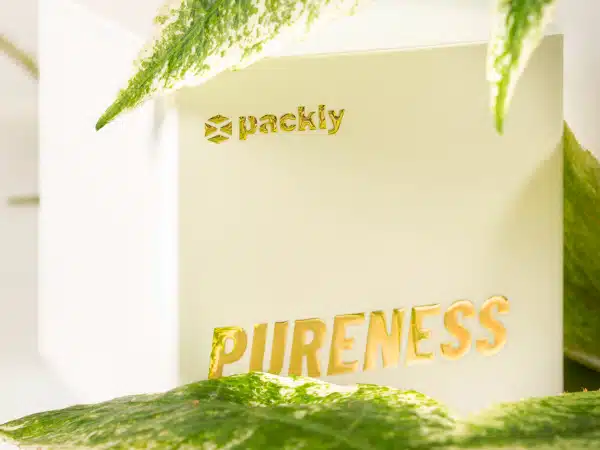
Consumers see the environment as a driving force in their ethical thinking. According to a 2019 Personal Care Product Council study, 84% of millennials say sustainability influences purchasing decisions. More than 60% of Gen Z confirm they pay attention to processing or sourcing products. Indeed, consumers are willing to pay more for brands that are concretely engaged in environmental and social issues.
The role of the pandemic
In addition, as the entire industry has noted, the pandemic has accelerated emerging cosmetic trends. Consumers are more aware of the origin of their beauty products and the environmental effects of their consumption, focusing on more sustainable raw materials;
The recent disruption in the supply chain has led shoppers to look towards food industry waste. Their emollient, texturizing, or activating properties are already known.
This highlighted the waste management issue and, even more, integrating it into developing new cosmetic products.
Here are some practical implications:
- Ingredients produced with little waste;
- Ingredients that add value to wasted or unexploited elements (co-products of the cosmetics industry itself and other industries);
- Means of production that maximize waste reduction;
- Reusable packaging or packaging designed to be easily recycled;
- Zero-packaging products (e.g., solid cosmetics…);
Across the market, it is evident that brands are already moving towards zero waste policies to ensure the product’s biodegradability… But what about the upstream of the supply chain?
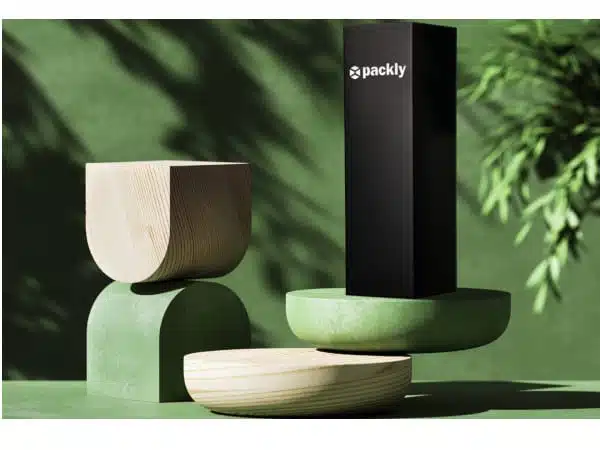
Upcycling, therefore, appears as the missing piece of the puzzle to respond to the growing consumer demand for ingredients integrated into a circular economy. This leads to more sustainable cosmetics in the long term.
Upcycling: let’s define the word!
Upcycling can generally be translated as “top-down recycling,” but it is often confused with classic recycling, also known as downcycling. Here are the differences between these terms:
Firstly, recycling allows transforming products or waste intended for destruction into similar or equivalent products.
So, downcycling is the reuse of an object that will result in something of lower value than the original.
Instead, upcycling is the reuse of an object that will result in something of greater value than the original. Also, upcycling can be defined as the use of co-products or by-products.
In the first case, co-products are secondary goods generated during production and can be sold or reused profitably. In the second case, by-products are valuable materials produced as a residue or incidental to the production process. By-products may be recycled, sold as-is, or used for other purposes.
Upcycling: more than a trend?
At first glance, a so-called “inclination to upcycling” can be identified in the food industry, as mentioned above. Since a third of the food produced yearly is wasted, manufacturers are trying to reduce the phenomenon by adding value to their food by-products.
Eco-friendly production
In addition, the pandemic has accelerated emerging trends such as valuing food waste in more eco-friendly production. By-products or waste from food have already proven their effectiveness as emollients, textures, and active ingredients for cosmetic products. For this reason, this approach has strong growth potential.
Faced with enthusiasm and room for success, even large companies try to get on board. Therefore, they will integrate upcycling into existing products and processes or launch new products based on recycled raw materials. In the US, 25% of cosmetics users aged 25-34 worry about the environmental impact of their purchases. The time has come to give a sensible answer.
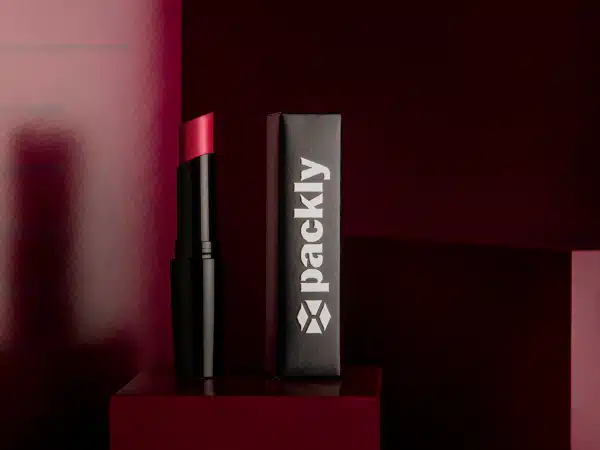
Conclusions
Are you looking for a solution that can create eco-friendly packaging and support you in producing boxes for mini and maxi-runs? We were waiting for you. Try our creative interface now, have a custom preview, share the realistic 3D mock-up, and put us to the test for printing.





